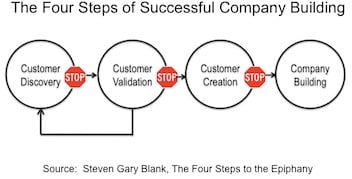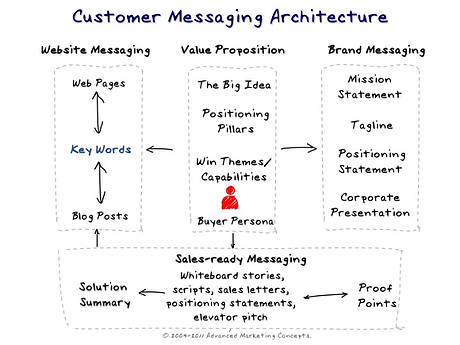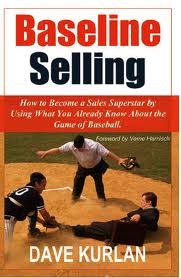Innovation is happening everywhere as our economy transforms from the 20th century model of mass production and lifetime employment in monolithic corporations to individuals and knowledge workers in small businesses investing in their sweat and ideas to make a living and to live their dreams.
There is no sign of a slow down in innovation, in fact according to W. Brian Arthur in his book, The Nature of Technology, it's accelerating as new products are created and launched in an accelerating stream of "combinatorial technology evolution".
However despite brilliant design and countless hours of R&D, many of these new innovations will be abandoned before they achieve long-term commercial success, because they won't hit their early sales targets.
Products are released to sales team's with high expectations from investors and developers, yet so many new innovations stall, despite the elegance of the technology. A few bad quarters all too commonly prove to be fatal both for the product, the team and the investors. A desperate downward spiral of finger-pointing and blame occurs; Is the problem with the product, the sales team, the market, the price, the channel?
This scenario is how products were developed last century, however with the customer discovery and customer validation steps embodied in lean startup thinking and meth odology espoused by Steve Blank and Eric Rees, the survival rate for new products and companies is considerably higher. This is half the battle over...you have a product that people want, you have validated that customers are willing to buy it and now the process of marketing and selling it begins.
odology espoused by Steve Blank and Eric Rees, the survival rate for new products and companies is considerably higher. This is half the battle over...you have a product that people want, you have validated that customers are willing to buy it and now the process of marketing and selling it begins.
But what about branding, positioning, messaging, value-creation and differentiation? The big disconnect in many early stage (and mature) companies is the failure to design value-creation and positioning into their brand. Branding is often an afterthought in the process of launching new businesses - the domain of the FMCG and B2C companies, but an effective marketing launch designs brand identity into the product or company. The company name, product name, logo, brandmarks, big-idea, tagline and livery should all connect with and reflect the positioning and core market goals.
Brand building occurs over time, with each customer success as meaning and associations and created. A few recent examples of great brand names that convey meaning and connect with core value creation capability are Huddle, a collaborative workflow and conferencing platform, Twitter and Facebook.
In a recent post entitled An Architecture for Messaging Value, Positioning, Differentiation I described a logical and rigorous bottom-up approach to developing clarity in positioning and value-creation. Much of our work is with early stage technology companies that want to strengthen brand and create clarity in messaging and am currently reading and absorbing Alina Wheeler's exc ellent "Designing Brand Identity". The process we have evolved to create a customer messaging architecture is a great foundation for connecting brand identity to value creation and positioning. For companies engaging in branding or rebranding process, I highly recommend Designing Brand Identity as it provides a methodology for arriving at a high quality outcome and hundreds of examples of branding and naming.
ellent "Designing Brand Identity". The process we have evolved to create a customer messaging architecture is a great foundation for connecting brand identity to value creation and positioning. For companies engaging in branding or rebranding process, I highly recommend Designing Brand Identity as it provides a methodology for arriving at a high quality outcome and hundreds of examples of branding and naming.
In summary, Internet Marketing of novel technology must be designed-in to product launch and considerations on branding, value creation, messaging and positioning require technologists to be marketing savvy, or to recognize when specialist consulting can add value to the process.



